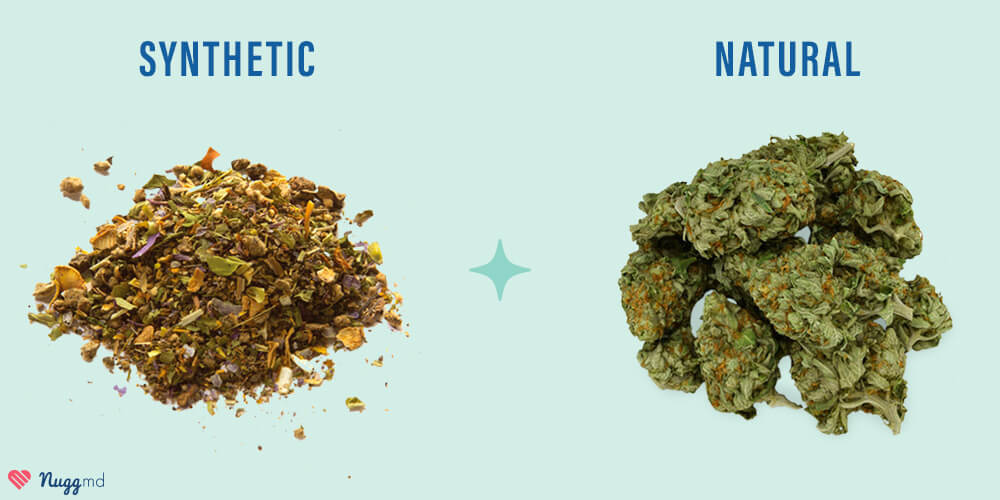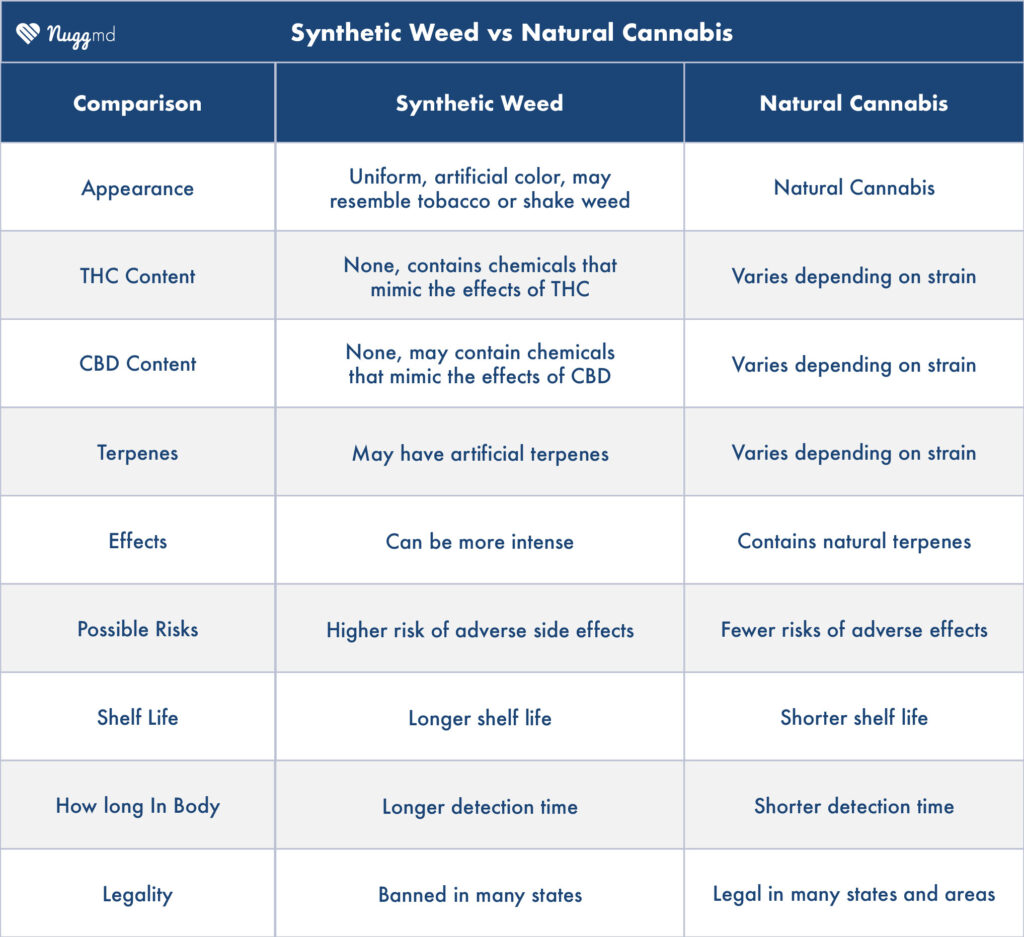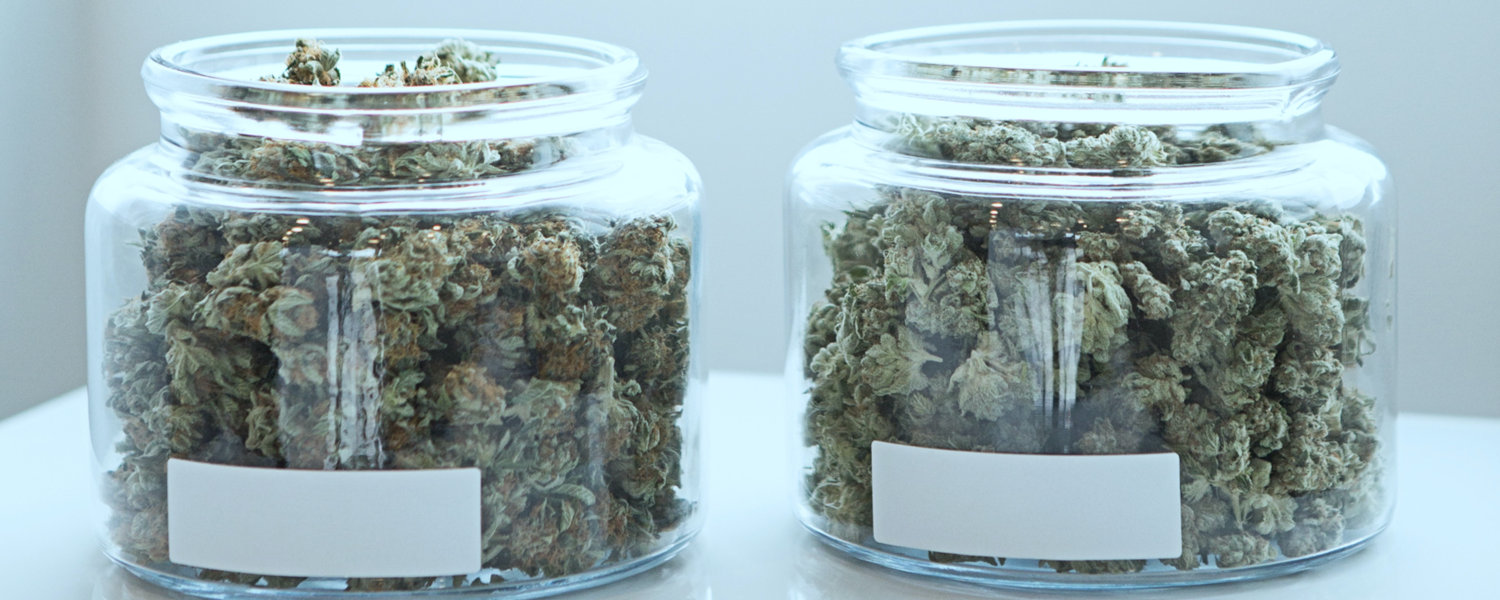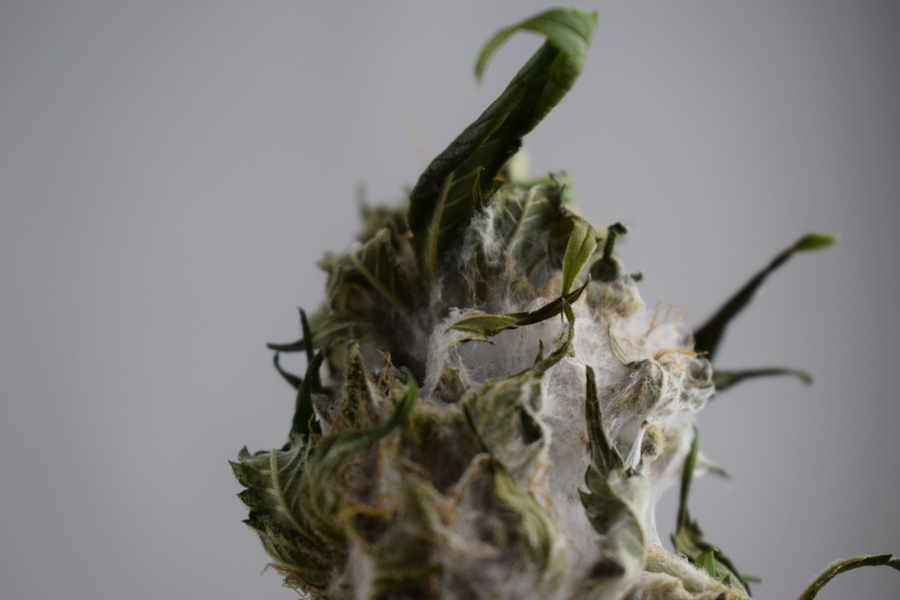In This Article
- What is Synthetic Weed?
- What are the Effects of Synthetic Weed
- How to Tell if Weed is Synthetic
- Pictures of Synthetic Weed vs Natural Cannabis
- Synthetic Weed vs Natural Cannabis Comparison
- How to Ensure Your Weed Isn’t Synthetic
- Is synthetic weed legal?
- Are the effects of synthetic weed the same as natural cannabis?
- How can I tell if the weed I purchased is synthetic?
- Are there any health risks associated with synthetic weed?
- How can I ensure that the weed I consume is not synthetic?
- References
In recent years, cannabis has gained widespread social and legal acceptance, with more and more people turning to it for medicinal and recreational purposes.
However, this increased demand has also given rise to artificial versions of the plant, known as synthetic cannabis or “spice.” While these synthetic alternatives may be more accessible in certain areas, they come with many potential risks and dangers that natural cannabis does not.
As a result, questions are swirling around this synthetic weed. People are wondering how to tell the difference between it and natural cannabis and whether synthetic cannabis is even safe to use in the first place.
It’s important to get some insight into just what synthetic cannabis is and how it’s made. Once you know, there are simple tips to spot the differences between natural cannabis and the synthetic variety.
What is Synthetic Weed?
Synthetic weed, also known as “spice,” “K2,” “skunk,” or “herbal incense,” is a type of artificially created cannabis that mimics the effects of the natural plant.
Unlike natural cannabis, however, synthetic cannabis is typically made by spraying a mixture of chemicals onto plant material, which is then dried and packaged for sale.
One of the key differences between synthetic weed and natural cannabis is the presence of natural or artificial cannabinoids. Actual cannabis is primarily known for its concentrations of THC (tetrahydrocannabinol) and CBD (cannabidiol) content.
Synthetic cannabis, on the other hand, contains artificial cannabinoids that simulate the effects of THC, CBD, and the various other cannabinoids found in cannabis.
In terms of its legal status, synthetic weed is banned in many states and countries because of the potential dangers and health risks associated with its use. Synthetic weed has been linked to severe health problems, including seizures, heart attacks, and even death.1
The production process for synthetic weed typically involves using a wide range of chemicals, including synthetic and semi-synthetic cannabinoids. These cannabinoids are chemically similar to their natural counterparts, allowing them to bind to the same endocannabinoid receptors in the body and brain. In theory, they would have similar effects. However, since these synthetic cannabinoids aren’t chemically identical to natural ones, the effects can sometimes be unpredictable and dangerous.
While the specifics of this process can vary depending on the manufacturer and the particular product, it usually involves mixing and spraying chemicals onto dried plant material.
What are the Effects of Synthetic Weed

The effects of synthetic cannabis can vary depending on several factors, including the specific product used, the dosage, and the individual’s tolerance and sensitivity to the substance. However, there are some general differences between the effects of synthetic weed and natural cannabis.
One of the primary differences is that synthetic weed is often designed to be more potent and intense than natural cannabis, with higher concentrations of synthetic cannabinoids. This can lead to more powerful and unpredictable effects, including feelings of euphoria, relaxation, and altered perception. However, these effects can also be more unpleasant, with some users reporting feelings of anxiety, paranoia, confusion, and more serious medical complications.
Synthetic cannabis may be more convenient and accessible to people in some areas where natural cannabis is illegal, but that doesn’t make it a better option. Synthetic cannabis is not natural, and it is not regulated in any way. There’s no telling what the plant material is (It could be grass clippings). And you have no way to know what chemicals are sprayed on it or how they may affect you.
There are also significant risks and potential side effects associated with synthetic weed. These can include nausea, vomiting, rapid heart rate, high blood pressure, seizures, and even death. Synthetic cannabis has been linked to several severe and potentially life-threatening health problems, including kidney damage, heart attacks, and strokes.
Remember that these risks and side effects are not the same as (or are more pronounced than) those associated with natural cannabis. While actual cannabis can also have some adverse effects, such as temporarily impaired cognitive function and respiratory problems, the risks associated with synthetic weed are often more severe and unpredictable.
If you are considering consuming synthetic cannabis, it’s essential to speak with a healthcare professional about the risks associated with the substance and the possibility of accessing legal medical cannabis where you live.
How to Tell if Weed is Synthetic

Identifying synthetic weed can be challenging for some, as it can look and smell similar to natural cannabis, especially to those unfamiliar with the plant.
However, a few physical characteristics and signs can help you determine whether the cannabis you are using is synthetic or natural.
One of the most common ways to spot synthetic weed is by its appearance. Synthetic weed often has a more uniform and artificial look, with consistent color and texture throughout. It is typically sprayed with chemicals or additives that can change its appearance, making it appear more vibrant or colorful.
Synthetic cannabis will also resemble other ground-up herbs. Natural cannabis, on the other hand, is defined by its whole buds (or nugs).
Another way to identify synthetic weed is by its smell. While natural marijuana has a distinct, pungent odor, synthetic weed may have a chemical or artificial smell.
Other signs to look out for when determining whether cannabis is synthetic include its packaging and labeling. Synthetic cannabis may be labeled as “spice,” “herbal incense,” or “potpourri” and may be sold in packaging designed to look like natural cannabis but with different branding or labeling. Chances are, the packaging may include the common names for synthetic weed, such as K2, Spice, or Skunk.
If you are unsure whether the cannabis you are using is synthetic, speak with a healthcare professional or other qualified experts. If cannabis is legal in your state, you can visit your local dispensary and ask the budtenders there.
And if you experience any unusual or concerning symptoms after consuming cannabis you believe may be synthetic, seek medical attention immediately.
So, while determining if cannabis is synthetic or natural can be challenging, there are some relatively easy-to-spot physical characteristics to look out for. By being aware of these signs and taking steps to protect yourself, you can reduce your risk of experiencing adverse or potentially dangerous effects from synthetic weed.
Pictures of Synthetic Weed vs Natural Cannabis

When comparing synthetic weed to natural cannabis, several key differences can be visually observed. Here are some examples:
- Appearance: Synthetic weed often has an artificial appearance, uniform and unnatural color, texture, and consistency. It may resemble shake weed or tobacco rather than the well-formed buds typically associated with natural cannabis.
- Color: Synthetic weed may exhibit unusual colors, like bright green, blue, or purple. These vibrant colors are not commonly found in natural cannabis. This can be a telltale sign of synthetic cannabinoids being used to mimic the appearance of actual cannabis.
- Texture: Synthetic weed may have a different texture compared to natural cannabis. It may feel overly dry, crumbly, or powdery, resulting from the production process used to create synthetic cannabinoids.
- Trichomes: Trichomes, the tiny crystalline structures that contain cannabinoids and terpenes, are typically abundant and visible on natural cannabis buds, giving them a frosty or sticky appearance. However, trichomes may be absent entirely in synthetic cannabis.
It’s important to note that these visual differences can vary depending on the specific type and brand of synthetic weed, along with the quality of natural cannabis. Therefore, it’s always best to rely on multiple factors, such as appearance, smell, and lab testing, to accurately determine if weed is synthetic or natural.
Synthetic Weed vs Natural Cannabis Comparison

While synthetic weed may look similar to natural cannabis, it differs significantly in its chemical and cannabinoid content. Synthetic weed can be more intense than natural cannabis and carries a higher risk of side effects, which can be significantly more unpleasant or even dangerous.
Synthetic weed also tends to have a longer shelf life and longer detection time in the body, making it more challenging to remove from your system.
In contrast, natural cannabis varies depending on the strain, with different cannabinoid and terpene concentrations contributing to its effects, flavor, and aroma. Natural cannabis also carries fewer risks and less pronounced side effects than synthetic weed and is legal in many states and areas.
It’s essential to be aware of these differences when using cannabis to ensure a safe and legal product that will provide the desired effects while minimizing risks to your health or well-being. If you have any concerns about the safety or legality of your marijuana products, speak with a healthcare professional or other qualified experts.
How to Ensure Your Weed Isn’t Synthetic
The surest way to ensure your cannabis isn’t synthetic is to always purchase or acquire your products from reputable and safe sources. It’s virtually certain that you’ll never run the risk of accidentally buying synthetic cannabis from a state-licensed dispensary or delivery service.
Next, examine the physical characteristics, like the appearance and smell of the product. Synthetic weed tends to have a uniform, artificial appearance (it will probably look like other herbs found in your kitchen cabinets) and may lack the natural aroma of cannabis.
And if you’re still uncertain about the authenticity of the cannabis you’ve purchased, it’s always a good idea to consult with a qualified expert, like a budtender or medical marijuana doctor.
At NuggMD, our MMJ service provides patients access to qualified medical professionals who can provide a recommendation for a medical cannabis card. In many states, a medical cannabis card is the only way to obtain quality medical-grade weed from licensed dispensaries and delivery services. State regulations ensure that all products sold in these dispensaries are tested for purity and potency and that they are produced in compliance with state and local regulations.
Is synthetic weed legal?
The legality of synthetic weed varies by jurisdiction. In some places, synthetic cannabinoids may be legally sold and consumed, while in many states, they are banned or restricted. It’s essential to check the laws and regulations in your specific area before using synthetic cannabis to ensure compliance with local laws.
Are the effects of synthetic weed the same as natural cannabis?
The effects of synthetic weed can be unpredictable and differ from those of natural cannabis. Synthetic cannabinoids can be much stronger than naturally occurring cannabinoids, leading to a higher risk of adverse effects such as anxiety, paranoia, and hallucinations. They also differ chemically from natural cannabinoids, which can cause unexpected effects and lead to serious health risks. It’s crucial to be aware of the potential risks and exercise extreme caution when using synthetic cannabis.
How can I tell if the weed I purchased is synthetic?
Detecting synthetic weed can be challenging, especially if you’re not familiar with the look of natural cannabis. However, some signs are a dead giveaway for synthetic weed, such as an artificial appearance, unusual colors, texture, and lack of trichomes. It’s best to rely on multiple factors to determine if the cannabis is synthetic or natural accurately.
Are there any health risks associated with synthetic weed?
Yes, synthetic weed can carry serious health risks. Because of the unpredictable nature of synthetic cannabinoids, they can cause a range of adverse effects on physical and mental health, including but not limited to increased heart rate, high blood pressure, respiratory issues, cognitive impairment, and addiction. It’s critical to be aware of the potential risks and prioritize safety when considering the use of synthetic cannabis.
How can I ensure that the weed I consume is not synthetic?
To ensure that the cannabis you consume is not synthetic, it’s essential to purchase products from a reputable, state-licensed dispensary or a trusted and verified supplier. Avoid purchasing cannabis from unknown or unregulated sources, as they may carry a higher risk of selling synthetic products. You might also consider getting a medical marijuana card from a reputable service like NuggMD.
References
1. Cooper ZD. Adverse Effects of Synthetic Cannabinoids: Management of Acute Toxicity and Withdrawal. Current Psychiatry Reports. 2016;18(5). doi:https://doi.org/10.1007/s11920-016-0694-1
The information in this article and any included images or charts are for educational purposes only. This information is neither a substitute for, nor does it replace, professional legal advice or medical advice, diagnosis, or treatment. If you have any concerns or questions about laws, regulations, or your health, you should always consult with an attorney, physician or other licensed professional.




